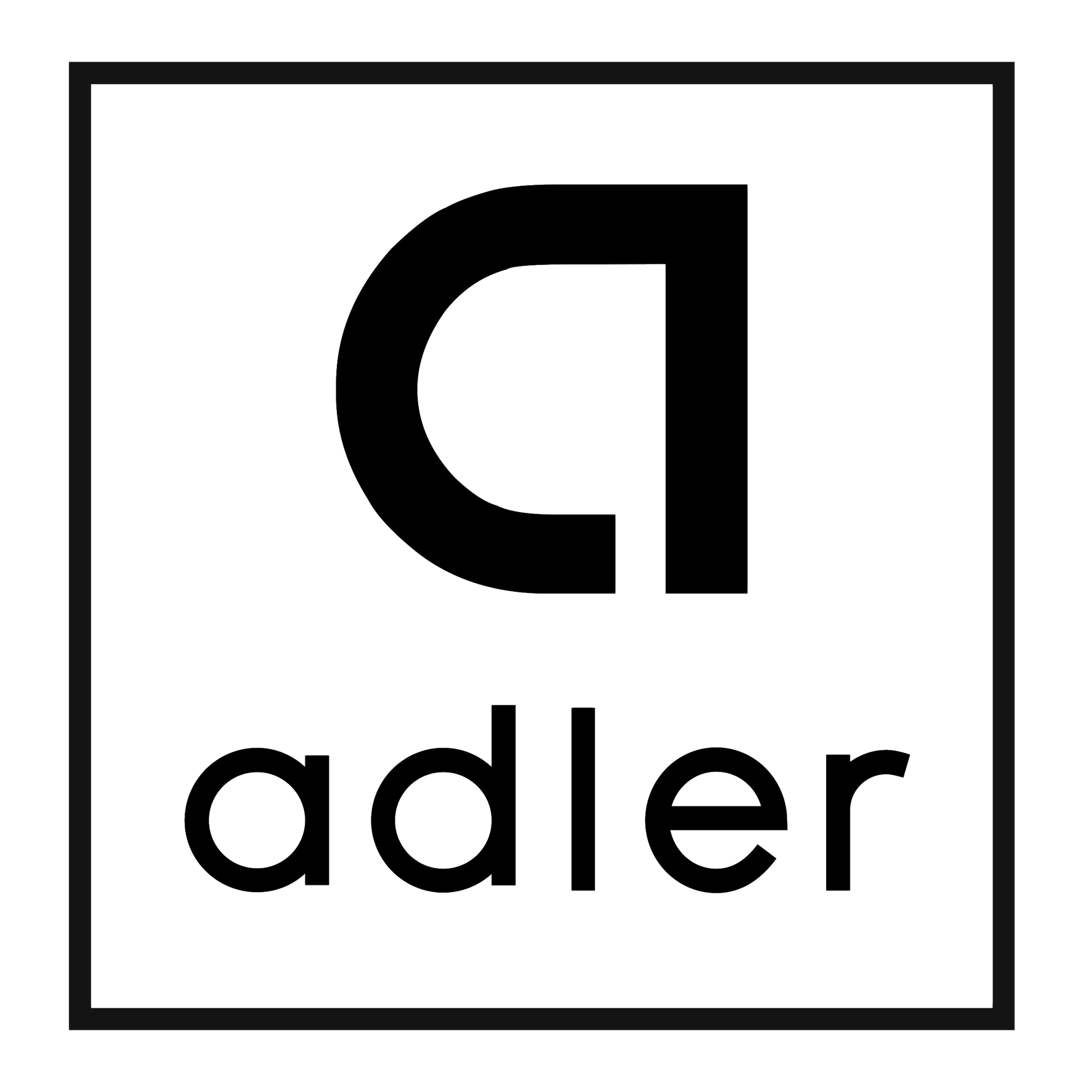Serving Static HTML in Gin
Gin is a web framework in Go. It serves to offer a better control of requests, responses, and routing, basically like Sinatra in Ruby.
The Basics
It is easy to initiate a server and render the content we disinate:
package main
import (
"github.com/gin-gonic/gin"
"net/http"
)
func main() {
r := gin.Default()
r.GET("/hello", func(c *gin.Context) {
c.String(http.StatusOK, "Hello from %v", "Gin")
})
r.Run(":3000")
}
Run go run main.go, and it should listen to port 3000 now. Go to the browser, open https://localhost:3000, and it should be there.
However, some points to explain in the code:
- We import the Gin package but we still need the built-in
net/httppackage for rendering http status code. - Gin offers two methods to start:
Default()method starts with built-in functions to serve static assets and others.New()method is for advanced users who want to start from scratch.- We use GET to assign handler to the
/route, followed by a handler function. - In the handler function we set the response using
String()which set the content type asPlain/Text, after that is the text we want to serve. - Finally there is
Run()method to start the server. It wraps the built-in ListenAndServe function.
Rendering HTML Files
It's easy, right? Now we can step a little further to render static files in our directory. Let's say we have the following structure.
- src
- main.go
- templates
- index.html
- login.html
- admin-overview.html
We can tell the program to render the files when the requests contain specific patterns.
package main
import (
"github.com/gin-gonic/gin"
"net/http"
)
func main() {
r := gin.Default()
r.LoadHTMLGlob("templates/**/*.html")
r.GET("/", func(c *gin.Context) {
c.HTML(http.StatusOK, "index.html", nil)
})
r.GET("/login", func(c *gin.Context) {
c.HTML(http.StatusOK, "login.html", nil)
})
admin := r.Group("/admin")
admin.GET("/", func(c *gin.Context) {
c.HTML(http.StatusOK, "admin-overview.html", nil)
})
r.Run(":3000")
}
- Use
LoeadHTMLGlob()and specify a pattern for loading all HTML files when the server starts. - In response, we use
HTML()to set the content type as HTML, followed by the status code, rendered file, and the injected data. Currently we don't have any data so we set it asnil. Group("/admin")is to group all routes under a specific pattern. It works likenamespacein Rails. All patterns set under this group will be prefixed with this pattern. For example,admin.GET("/login")will match the pattern/admin/login.
That's it. Hope you got an idea on how to start a Gin project!





